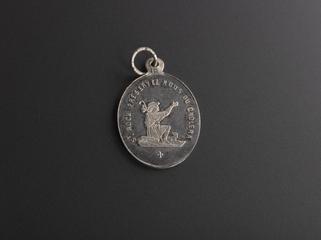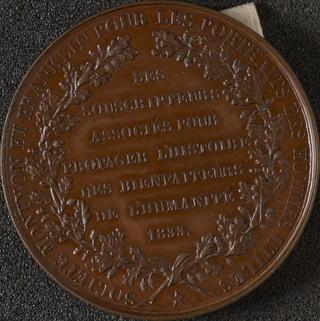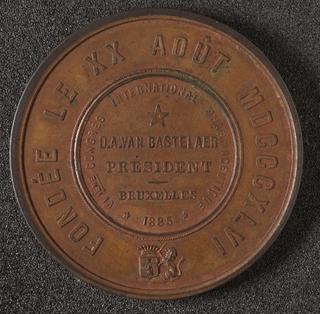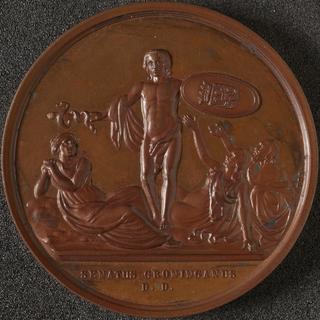
Eight early Chinese coins, c.500 BC-1000 AD.
- Made:
- 500 BCE-1000 CE in China




8 examples of early Chinese coins, 500BC-1000AD
Eight early Chinese coins, c 500 BC-1000 AD. The name bronze is applied not only to alloys of copper and tin but to many other copper alloys as well. Tin strongly increases the elastic limit of copper, and the ductility, at least up to 10% tin. Higher tin contents give much lower ductilities but the strength continues to rise, and useful casting alloys can be made up to 19% tin. The first bronzes contained only small amounts of tin, and they were produced in Asia Minor around 3000 BC. The methods employed were either mixing tin ore with copper and then heating this mixture until the ore is reduced to metallic tin which is then absorbed by the copper, or to melt metallic tin with copper until a homogeneous alloy results.The first bronzes were probably produced by the first method.
Details
- Category:
- Wellcome Medals
- Collection:
- Sir Henry Wellcome's Museum Collection
- Object Number:
- A670718
- Materials:
- bronze




